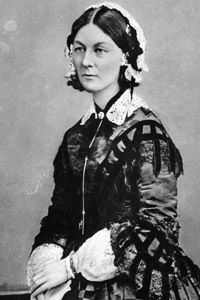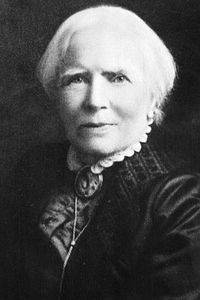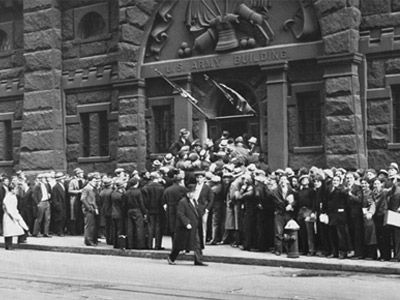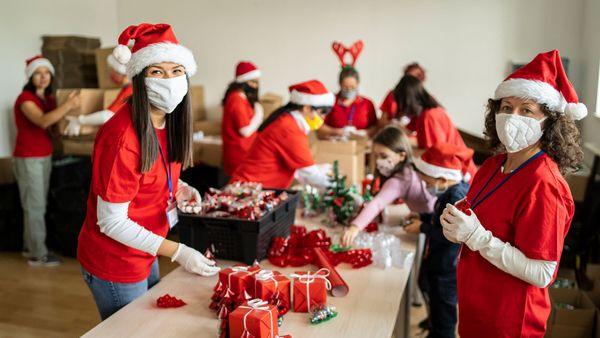Hundreds of thousands of soldiers died in the Civil War. Tragically, many of these deaths were the result of disease -- not warfare. Historian Mark E. Neely explains that deaths from disease amounted to more than twice the number of deaths in battle [source: Neely]. Looking back -- now that we understand how germs cause disease -- it's no wonder so many soldiers fell ill. In the deplorable conditions soldiers faced, germs spread like wildfire through the troops in a time before everybody understood exactly how to stop them. As a result, some of the most important aid came from those who improved sanitary conditions and provided new, clean supplies to soldiers.
Ironically, women, who were long considered too weak and delicate to be exposed to the horrors of war, provided the bulk of sanitation services. Not content to merely pine away for their loved ones who'd marched off to war, many women were bent on doing something to help out. Their contributions of supplies, food, clean clothes and nursing services combated the disease fatality rate. Something as simple as a new blanket sent from the homefront could replace one that was infested with disease, possibly saving a life.
Advertisement
But these efforts came from individual families; at first, there were no organized groups of women who served wounded soldiers. Wives and mothers scrounged up what supplies they could and sent them to their beloved ones on the battlefield. Yet, many soldiers were from poor families who didn't have much to give -- or they had no families at all. Individual contributions were significant to individual soldiers, but if women banded together, they would be able to do exponentially more for the soldiers. This kind of logic led to the creation of ladies' aid societies, also known as soldiers' aid societies. Thousands of these groups were scattered throughout the United States, but in the North, federal support from the U.S. Sanitary Commission (USSC) made them even more effective and organized.
The concept for ladies' aid societies didn't develop overnight. It was tied to sanitation lessons learned from a recent European war and the legacy of Florence Nightingale.
Advertisement




